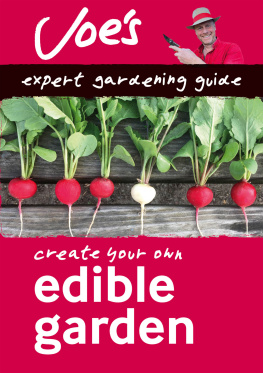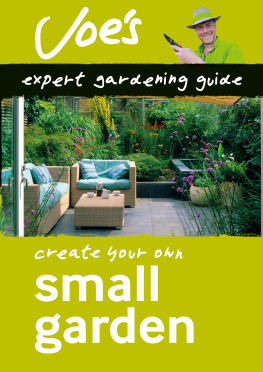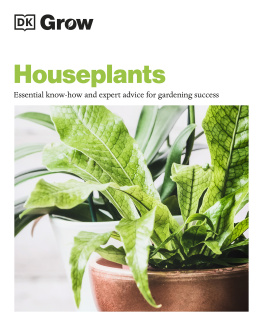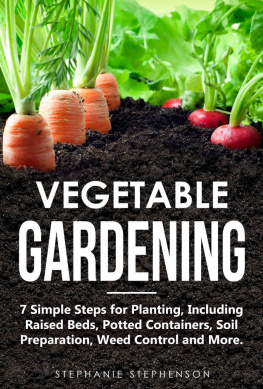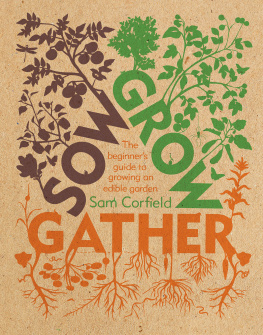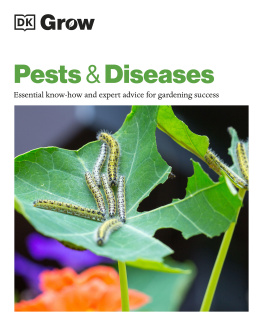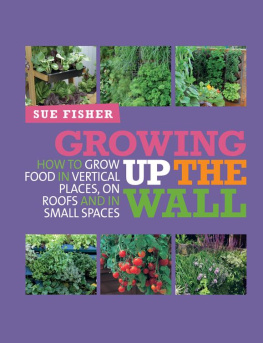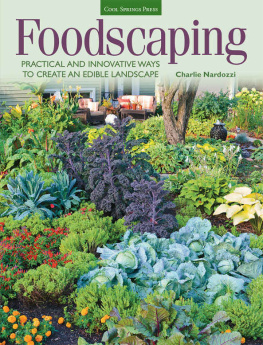contents
Guide

Published by Collins
An imprint of HarperCollins Publishers
Westerhill Road, Bishopbriggs, Glasgow G64 2QT
www.harpercollins.co.uk
HarperCollins Publishers
1st Floor, Watermarque Building, Ringsend Road,
Dublin 4, Ireland
HarperCollins Publishers 2022
Text Joe Swift
Cover image Taratun Maryna / Shutterstock.com
Collins is a registered trademark of HarperCollins Publishers Ltd
All rights reserved under International and Pan-American Copyright Conventions. By payment of the required fees, you have been granted the non-exclusive, nontransferable right to access and read the text of this e-book on screen. No part of this text may be reproduced, transmitted, downloaded, decompiled, reverse engineered, or stored in or introduced into any information storage and retrieval system, in any form or by any means, whether electronic or mechanical, now known or hereinafter invented, without the express written permission of HarperCollins.
The contents of this publication are believed correct at the time of creation. Nevertheless the publisher can accept no responsibility for errors or omissions, changes in the detail given or for any expense or loss thereby caused.
A catalogue record for this book is available from the British Library.
eBook Edition December 2021
Source ISBN 9780008461140
E-Book ISBN 9780008461157
Version: 2022-01-31
Thanks to my agents, Charlotte Robertson and Debbie Scheisse, and everyone at HarperCollins Publishers including Gerry Breslin, Gordon MacGilp, Lauren Murray and Kevin Robbins.
This ebook contains the following accessibility features which, if supported by your device, can be accessed via your ereader/accessibility settings:
- Change of font size and line height
- Change of background and font colours
- Change of font
- Change justification
- Text to speech
- Page numbers taken from the following print edition: ISBN 9780008461140
contents

Shutterstock.com
Eating something that youve grown yourself is one of lifes greatest pleasures. The joy and satisfaction lie in the simple process of sowing a seed, nurturing it, picking the produce and tasting it; a fundamental, humbling and wonderful experience that connects one to the wider world. If you grow your own, you also know precisely where that food has come from and whats gone into it. If you are an organic gardener, it gives you complete control using those simple and effective methods.
The taste of freshly picked home-grown produce can be noticeably superior to shop-bought. They may not be quite as uniform in size and shape but ultimately, its all about the taste and eating something in season, rather than it being flown halfway round the world and still not being that tasty!
Some gardeners start off growing ornamental plants in their gardens, then move on to edibles. Many get hooked and dig up their roses for more growing space, yet most find a happy balance between the two within their gardens. Some will take on an allotment as I did and there are an increasing number of community gardens and shared spaces for people to grow their own in. These can be wonderful places to socialise and share tips and knowledge of growing fruit and veg. Then there are those that have a tiny outside area perhaps no soil at all to dig into yet still manage to grow a good range and decent quantity of crops in pots and containers.
Anyone who has children knows how difficult it can be to get them to eat their five a day. Involving them even on a small scale can be transformative as its fun and engaging and theyll want to eat or at least try something out if theyve cultivated it themselves. It also educates youngsters into understanding where food actually comes from (not in packets from the supermarket!) and often opens up discussions on the wider issues of food security, sustainability and the environment. My kids loved our allotment; we have many fabulous and enduring memories from those days gardening together.
There is perhaps a little mystique around growing edibles? Does one have to be green fingered, have lots of experience and ideally know some magic tricks? There are serious competitive growers out there who might want to grow the biggest or the most perfect looking but most of us just want to grow something tasty. The good news is that most edibles are extremely easy to grow, we just have to follow a few basics and tune ourselves in with the soil and the seasons. Weve all had and will continue to have both successes and failures along the way (as my mother-in-law says, if youve never put a fork through a potato, then youve never dug up a potato!) but they are all learning experiences and make us all better gardeners in the long run.
Start off small, grow what you love to eat and enjoy!
Joe

Shutterstock.com
My advice is to start small and dont get over-ambitious. One large planting area approximately 1.2 m x 4 m is adequate to start off with. With succession sowing throughout the season, it could produce plenty: some fresh salads, French beans, tomatoes, courgettes, potatoes, spring onions, radishes, pak choi, etc. You could go far smaller than that and if you dont have any soil you can still grow plenty in containers and pots or make some raised beds.
Choosing a site
Most edibles prefer plenty of sun and a free-draining fertile soil. Poor topsoil can be significantly improved (see below), but in an ideal world try to choose an area that has good-quality free-draining topsoil already. Avoid shady or dry areas next to buildings, walls and fences or under trees to site your vegetable patch. Easy access all the way round is important too for sowing, weeding and watering, so try not to block yourself off.
Lifting turf and shaping planting beds
Once you have an idea of where to site your vegetable garden, you can start marking out the shapes of the planting areas. Use pegs and some string to lay them out, keeping the shapes practical so you can reach every part without standing on the soil. The accepted width of an allotment bed is 1.2 m (so you can reach the middle from both sides) and around 2.4 m to 3.0 m long to stop the temptation to cut across the corners. You may want to put down a simple path between them. The cheapest method is to pin down some landscape fabric onto the soil (use thick galvanised wire bent into U pins) and then spread some bark chips over the top. Make sure the path is wide enough for a barrow if youre planning to use one.
If your soil is good quality, simply remove the turf or existing plants in the way and dig over. You may want to install some more permanent edging, using treated gravel boards and pegs that will also bring the level up a few centimetres, ideal to introduce a thick layer of mulch (see below).
Soil preparation
The amount of work needed to get your ground-level soil into shape depends on your soil type, what you intend to grow and how well it has been cultivated in the past. Single digging to one spit (a spades depth) and incorporating plenty of organic matter is usually enough for most crops but on very heavy soil or if you want to grow beans, peas and potatoes, then consider double digging (digging to two spits depth).

